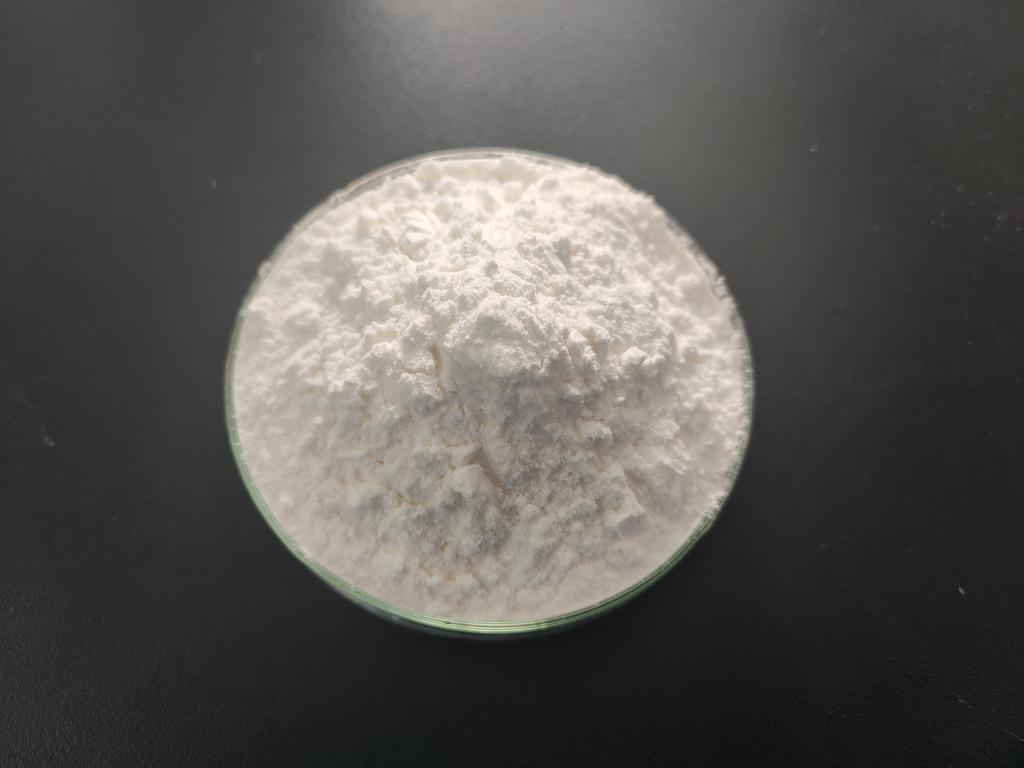Tel:0086 18231198596

News
Current Position:
Home >
News
>ε-Polylysine Hydrochloride in the Control of Biofilm Formation: A Promising Approach
ε-Polylysine Hydrochloride in the Control of Biofilm Formation: A Promising Approach
TIME:2024-01-18
1. Introduction: The Challenge of Biofilm Formation:
Biofilms, structured communities of microorganisms encapsulated in a self-produced matrix of extracellular polymeric substances, are ubiquitous and can form on various surfaces. These biofilms present a challenge in multiple industries, including healthcare, food processing, and water distribution systems. The resilience of biofilms against traditional antimicrobial agents makes them difficult to eradicate, leading to persistent infections, compromised product quality, and increased maintenance costs.
Addressing the issue of biofilm formation requires innovative approaches that are effective, sustainable, and environmentally friendly. ε-Polylysine hydrochloride, a biodegradable antimicrobial peptide, has shown promise in disrupting biofilm development without the drawbacks associated with conventional antimicrobial agents.
2. ε-Polylysine Hydrochloride: Properties and Mechanisms of Action:
ε-Polylysine hydrochloride is a water-soluble cationic polymer derived from microbial fermentation, primarily produced by strains of Streptomyces albulus. It is composed of lysine residues linked by ε-amide bonds, forming a linear chain with positive charges. This unique structure contributes to its antimicrobial properties and makes it an attractive candidate for biofilm control.
The mechanisms of action of ε-polylysine hydrochloride involve electrostatic interactions with the negatively charged cell membranes of microorganisms. This disrupts membrane integrity, leading to leakage of cellular contents and ultimately cell death. Additionally, ε-polylysine can interfere with quorum sensing, a key communication mechanism among bacteria in biofilms, disrupting their ability to coordinate and form organized structures.
3. Controlling Biofilm Formation in Healthcare Settings:
In healthcare environments, biofilms on medical devices and surfaces can lead to persistent infections and increased risks for patients. The use of ε-polylysine hydrochloride presents a promising strategy for preventing biofilm formation on medical equipment, surfaces, and implants.
Studies have shown that ε-polylysine effectively inhibits the formation of biofilms by various pathogenic bacteria, including Staphylococcus aureus and Pseudomonas aeruginosa. Furthermore, its biocompatibility with human tissues makes it a safer alternative compared to traditional antimicrobial agents, providing a potential avenue for preventing device-related infections.
4. Application in Food Processing: Enhancing Safety and Shelf Life:
In the food industry, biofilm formation on processing equipment and surfaces can compromise food safety and quality. ε-Polylysine hydrochloride offers a natural and effective solution to control biofilms without introducing harmful chemicals into the food production process.
Research has demonstrated the efficacy of ε-polylysine in inhibiting the growth of biofilms on stainless steel surfaces commonly used in food processing. Its application in controlling spoilage microorganisms and foodborne pathogens opens possibilities for extending the shelf life of perishable products while maintaining food safety standards.
5. Water Treatment: Mitigating Biofilm-Related Issues:
Biofilm formation in water distribution systems poses challenges such as reduced water flow, increased corrosion, and potential health risks. ε-Polylysine hydrochloride's ability to disrupt biofilm development offers a potential solution for maintaining clean and efficient water delivery systems.
Studies investigating the use of ε-polylysine in water treatment have shown promising results in inhibiting the formation of biofilms on various surfaces. Its biodegradability ensures minimal impact on the environment, making it an eco-friendly alternative for addressing biofilm-related issues in water distribution.
6. Challenges and Considerations:
While ε-polylysine hydrochloride shows great promise in biofilm control, there are challenges and considerations that warrant attention. The potential for resistance development, optimal concentrations for different applications, and the need for regulatory approvals are areas that require thorough investigation.
Ongoing research should focus on understanding the long-term effects of ε-polylysine on microbial communities, its stability under different environmental conditions, and potential synergies with other antimicrobial agents. Collaborative efforts between researchers, industry stakeholders, and regulatory bodies are essential to address these challenges and ensure the responsible and effective use of ε-polylysine in biofilm control.
7. Future Perspectives: Integrating ε-Polylysine Hydrochloride into Practices:
The integration of ε-polylysine hydrochloride into biofilm control practices holds promise for diverse industries. Future research should explore innovative delivery systems, such as coatings or encapsulation technologies, to optimize its application on various surfaces and environments.
Additionally, understanding the broader impact of ε-polylysine on microbial communities and ecosystems will contribute to the development of sustainable biofilm control strategies. Collaboration between academia, industry, and regulatory bodies will play a pivotal role in shaping guidelines for the responsible and effective use of ε-polylysine hydrochloride.
8. Conclusion: A Sustainable Approach to Biofilm Control:
In conclusion, ε-Polylysine hydrochloride emerges as a promising and sustainable approach to controlling biofilm formation across various industries. Its unique properties, coupled with its biodegradability and biocompatibility, position it as a versatile alternative to traditional antimicrobial agents.
The potential applications of ε-polylysine in healthcare settings, food processing, and water treatment underscore its versatility and significance in addressing biofilm-related challenges. As research progresses and industry adoption increases, ε-polylysine hydrochloride has the potential to revolutionize biofilm control practices, contributing to enhanced safety, sustainability, and efficiency across diverse sectors.

 CONTACT
CONTACT




